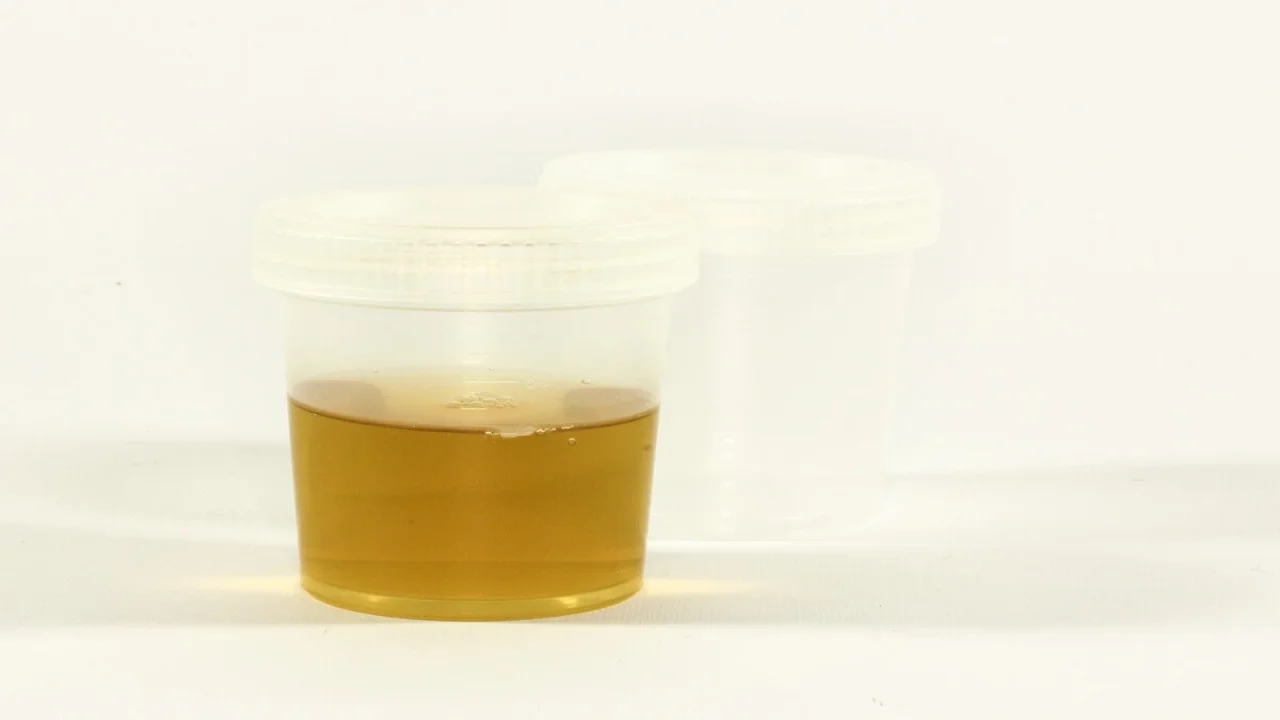Heat and Acetic Acid Test for Proteinuria: Principle, Procedure and Interpretation
Discover the heat and acetic acid test for proteinuria: learn its principle, procedure, interpretation, and clinical applications. Understand acetic acid’s role in diagnostic tests.

Proteinuria, the presence of excess protein in urine, is a critical indicator of various renal and systemic diseases. Among the diagnostic tools for proteinuria, the heat and acetic acid test stands out as a reliable and straightforward method. This article explores the test’s principle, procedure, interpretation, and clinical significance, emphasizing its importance in detecting kidney disorders.
Understanding the Heat and Acetic Acid Test
What Is the Heat and Acetic Acid Test?
The heat and acetic acid test is a simple laboratory method used to detect the presence of proteins, primarily albumin, in urine. By applying heat and adding acetic acid, the test identifies proteinuria by observing protein precipitation.
Principle of the Heat and Acetic Acid Test
The heat and acetic acid test principle is based on protein denaturation. When urine is heated, proteins coagulate if present. Acetic acid enhances this process by stabilizing the urine pH, ensuring other substances do not interfere with protein precipitation. The result is a visible cloudiness or coagulum in the urine sample, indicating protein presence.
| Feature | Heat and Acetic Acid Test |
|---|---|
| Detects Proteins | Albumin and other proteins |
| Principle | Protein denaturation and precipitation |
| Main Reagent | Acetic acid |
| Use Case | Resource-limited settings |
Heat and Acetic Acid Test Procedure
Materials Required
- Fresh urine sample
- Test tubes
- Acetic acid (glacial or dilute)
- Heat source (Bunsen burner or water bath)
- Test tube holder
Step-by-Step Procedure
- Collect a fresh urine sample in a clean container.
- Fill a test tube halfway with the urine sample.
- Hold the test tube with a test tube holder and heat the upper portion of the urine using a Bunsen burner or water bath.
- Observe for cloudiness or precipitation in the heated portion.
- Add a few drops of acetic acid to the heated portion and observe the reaction.
- Interpret the results based on the appearance or absence of cloudiness.
Quick Summary of the Procedure
- Heat the upper portion of urine in a test tube.
- Add acetic acid and look for changes.
- Cloudiness confirms protein presence.

Precautions and Best Practices
- Always use a fresh urine sample for accurate results.
- Heat the upper portion of the test tube only, as heating the entire sample can obscure results.
- Add acetic acid carefully to avoid over-acidification, which may dissolve precipitated proteins.
Interpretation of Results
| Result | Indication |
|---|---|
| Negative | Clear urine; no proteins |
| Trace | Barely visible cloudiness |
| 1+ | Definite cloudiness |
| 2+ | Heavy, granular cloud |
| 3+ | Dense cloud with flocculation |
| 4+ | Thick, curdy precipitation |
Positive Results
A visible cloudiness or coagulum in the urine sample after heating and adding acetic acid indicates protein presence. This finding suggests proteinuria, which may be associated with conditions such as:
- Nephrotic syndrome
- Glomerulonephritis
- Preeclampsia
Negative Results
If the urine remains clear after heating and the addition of acetic acid, the result is negative, indicating the absence of significant proteinuria.
Applications of the Heat and Acetic Acid Test
Clinical Importance
The heat and acetic acid test is widely used in resource-limited settings due to its simplicity and cost-effectiveness. It aids in the early detection of kidney disorders, guiding timely intervention and management.
Heat and Acetic Acid Test vs. Other Protein Detection Methods
| Feature | Heat and Acetic Acid Test | Dipstick Test |
|---|---|---|
| Specificity | High | Variable |
| Cost | Low | Low to moderate |
| Interference | Minimal | Prone to errors |
Summary
The heat and acetic acid test remains a cornerstone in detecting proteinuria, offering a reliable, cost-effective diagnostic approach. Understanding its principle, procedure, and interpretation ensures accurate results and enhances clinical decision-making. By following the outlined steps and precautions, healthcare professionals can utilize this test effectively to identify kidney-related disorders and guide appropriate interventions. Its simplicity and utility make it a valuable tool in clinical practice.
FAQs
What is the principle of the heat and acetic acid test?
How is the heat and acetic acid test procedure performed?
Does acetic acid give the iodoform test?
Why use acetic acid in protein tests?
What are the key differences between heat and acetic acid test and dipstick test?
The information on this page is peer reviewed by a qualified editorial review board member. Learn more about us and our editorial process.
Last reviewed on .
Article history
- Latest version
Cite this page:
- Posted by Dayyal Dungrela